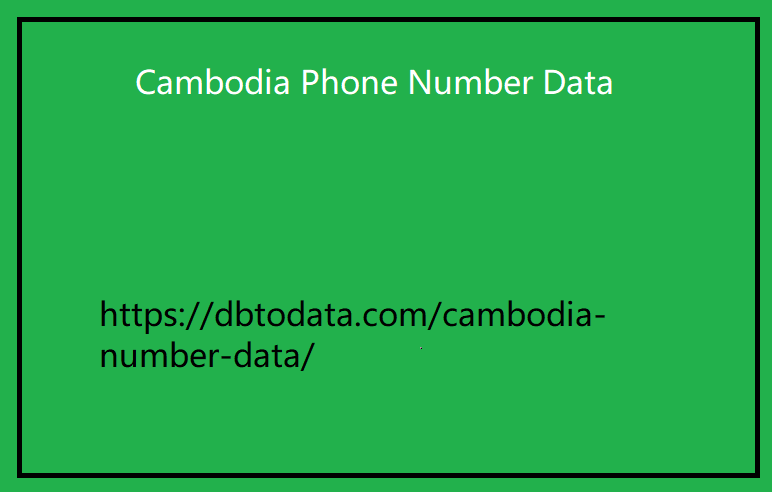|
|
Increases the loading speed of web pages. Reducing the size (capacity) of images is the most important part of image SEO. This is because it is directly related to the loading speed of the website. Did you know that more than 60% of users who search for photos on Google check the source of the photo and click to access the homepage? It helps you rank high in search results. Image search on Google is becoming more and more popular. In this way, images are an important part of SEO, and their importance is increasing day by day. In the United States, 20% of search activity occurs on Google Images (as of 2018), so we can no longer ignore the power of images in SEO, right? So, how do you use images for SEO (search engine optimization)? Here are ‘10 tips for image SEO optimization’ that you must know. Use appropriate images Image optimization first requires using appropriate images that are relevant to the content. This is because using appropriate images related to the text you want to convey will have a positive impact on the SEO of your website.
However, this does not mean that you can use any image, and we especially do not recommend using Cambodia Phone Number Data stock images. to have already been used by many people, and if there are many duplicate images on the Internet, they may be excluded from search results. Stock images may look pretty and professional on the outside, but they actually take away from the originality of your website and can even have a negative impact on SEO. Therefore, when using images, we recommend that you use unique images that you have taken or created yourself. Use the correct image format Once you've found or created the right images to put on your website, it's time to choose an appropriate format for them. There are various types of image file formats, but PNG and JPEG formats are the most frequently used on the web. So, let’s look at the pros and cons of both file formats. PNG : Creates good quality images, but the disadvantage is the large file size. JPEG : The quality is slightly lower, but you can freely adjust the quality level to achieve balance. Among these two, users can select the appropriate format depending on the intended use of the image. Below are recommended image formats depending on your intended use.

For large photos or illustrations, save them as JPEG. JPEG format images provide good effects in terms of color and clarity even with a small capacity. If you want to preserve the transparency of the background, save it as PNG. We recommend the SVG file format for logos and icons. With the help of CSS or JavaScript, you can manage images in SVG format and adjust the size of the image without deteriorating image quality. Summary: Use PNG for light images you normally use, and JPEG for high-quality photos or illustration images. Optimizing image file names File names are really important in image optimization. This is because Google does not actually look at the image, but rather uses the file name to determine whether it is related to the content. Therefore, the importance of the file name of the image and the text around the image increases. A typical image file name has the format “001” or “IMG_0001”.
|
|